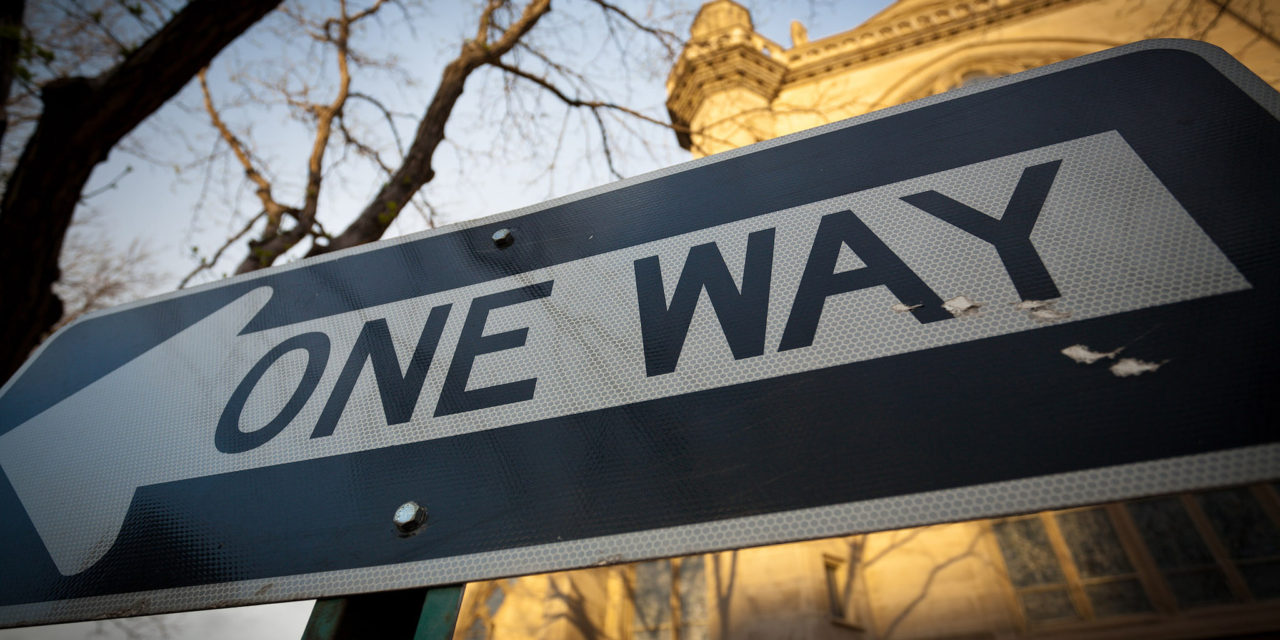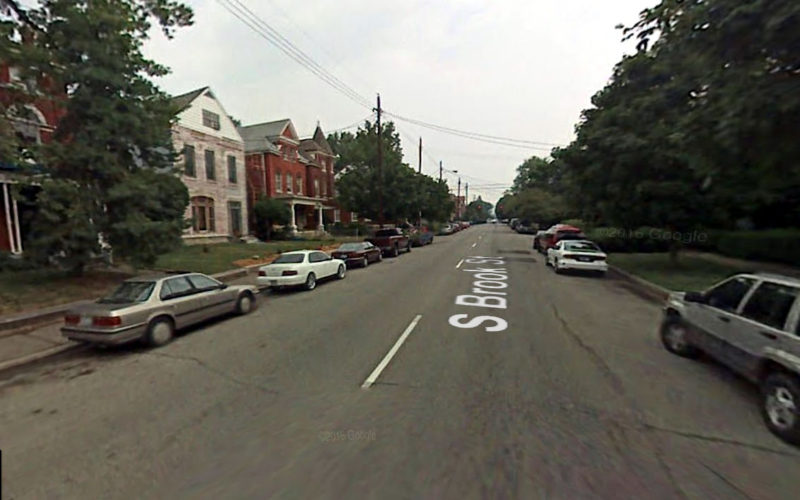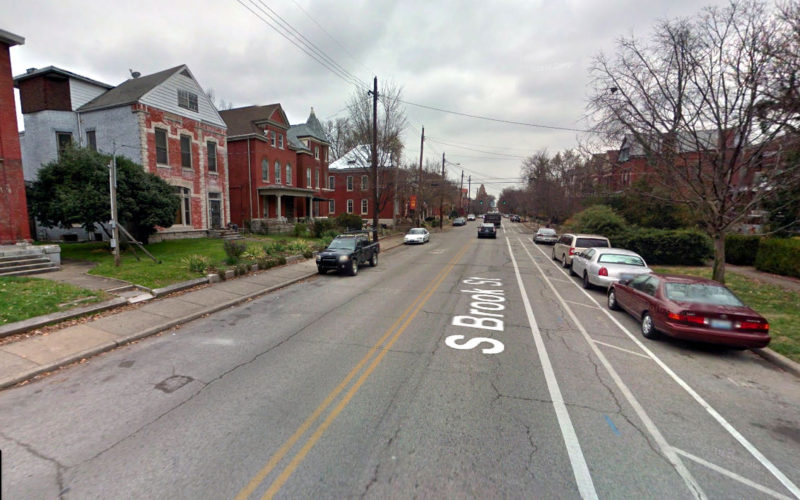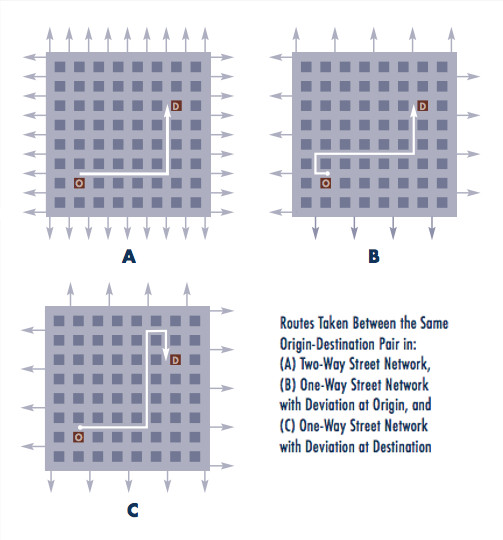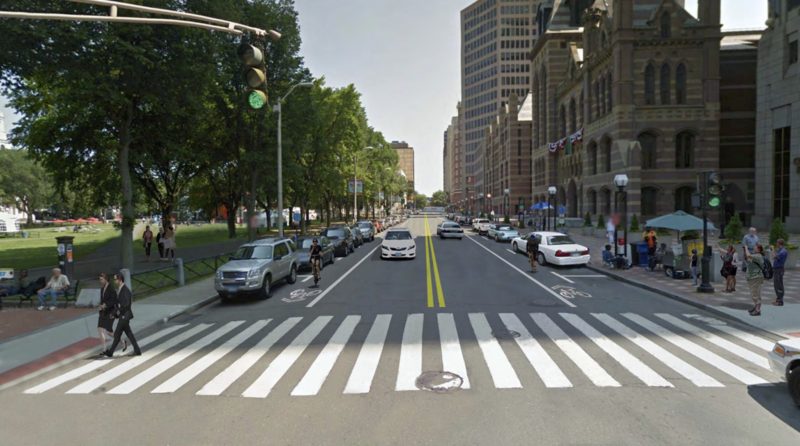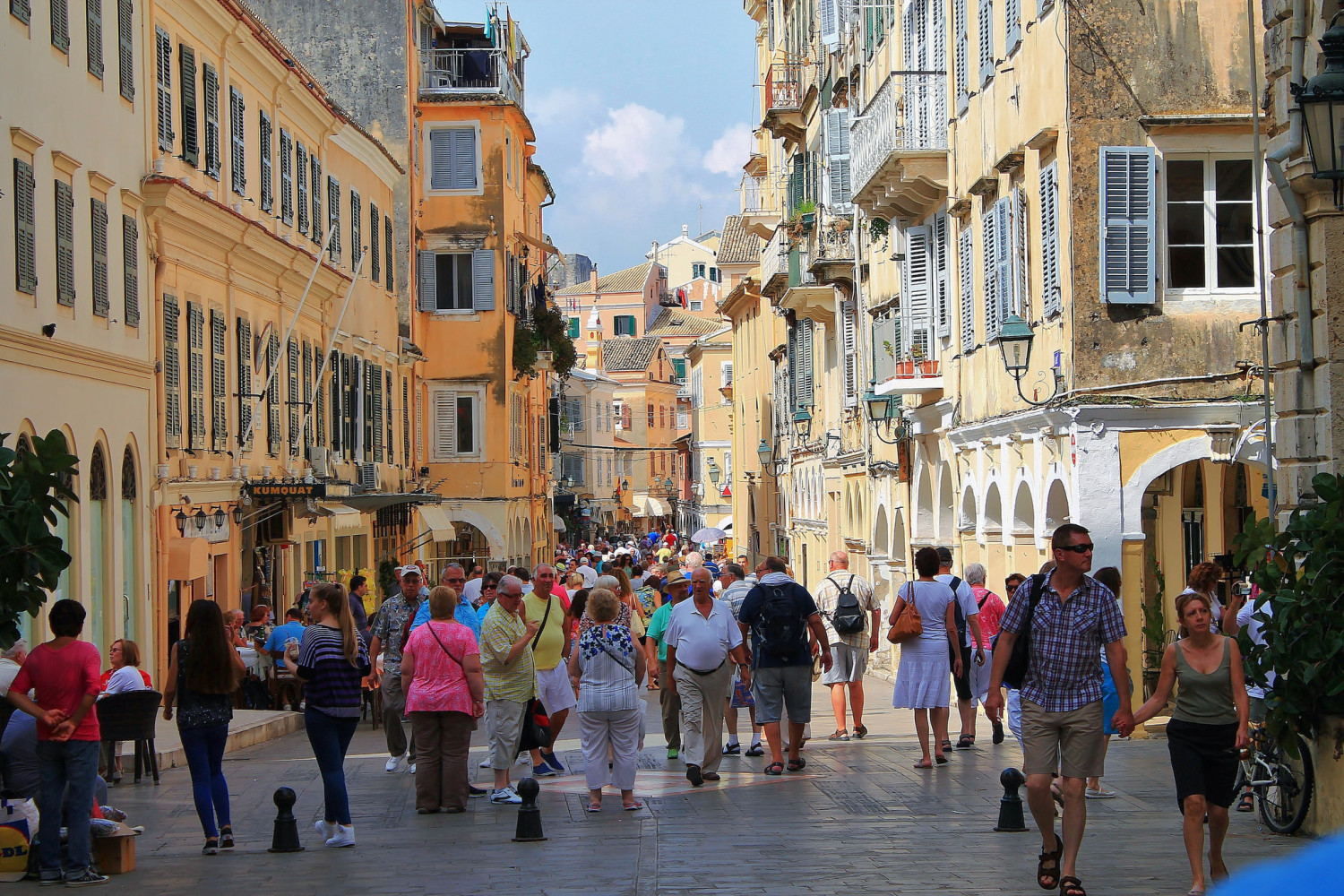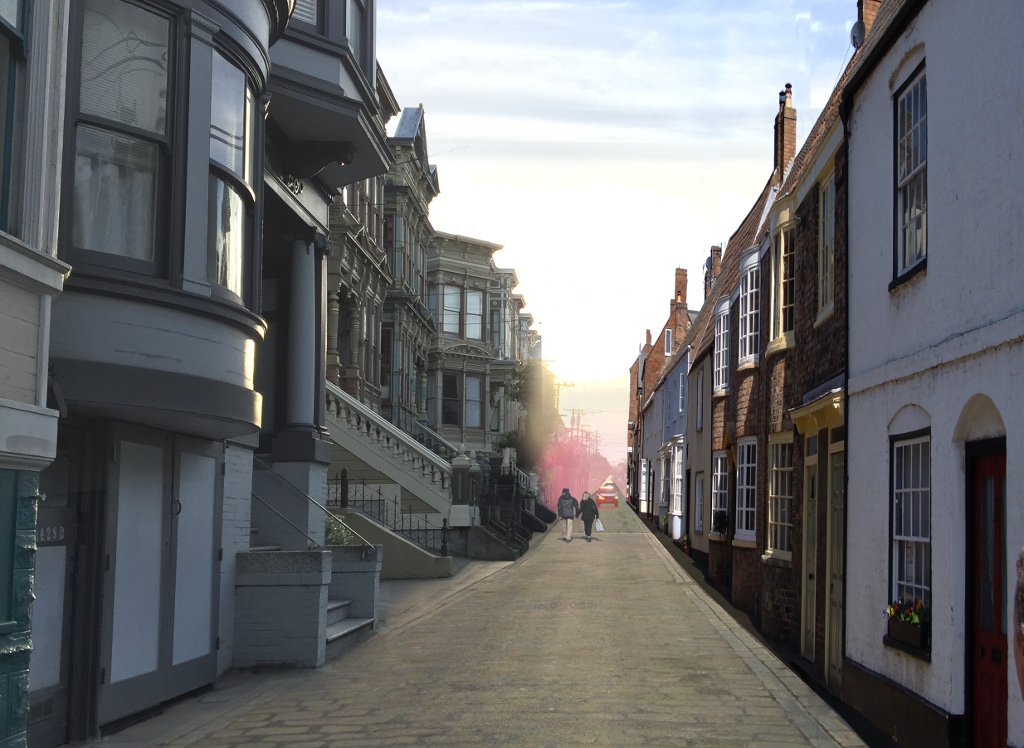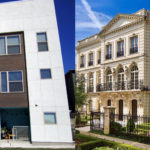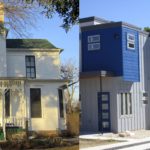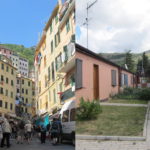Jim Gray ran for mayor of Lexington, Kentucky, in 2010 on an unusual and un-sexy election pledge: To convert all of Lexington’s downtown streets from one-way to two-way. Immediately upon assuming office, he ordered an expedited process toward the conversions. “Just do it,” said Minneapolis mayor R.T. Rybak to Gray at a conference soon after. “15 minutes after you make the change, people will be asking why you didn’t do it 25 years earlier.”
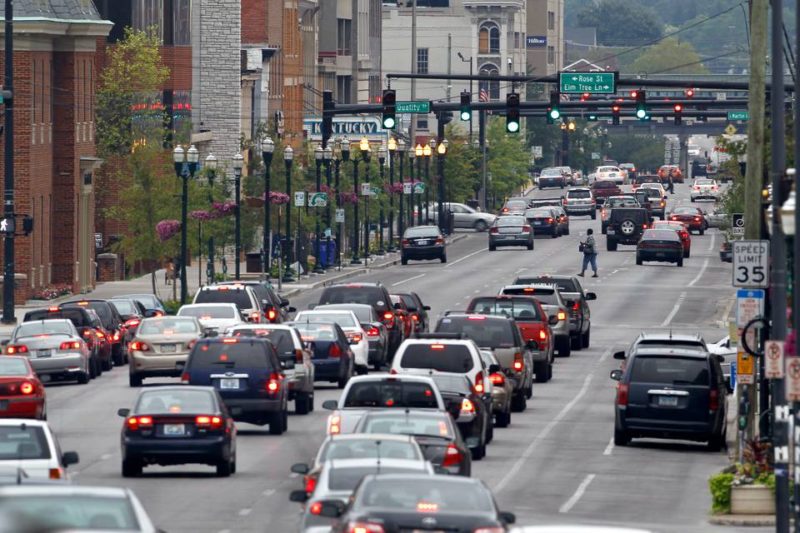
Lexington, Kentucky / Lexington Herald
Two-way streets were the norm in the US until the 1950s when cities like Lexington began converting two-way streets to one-way to speed up traffic. Visit the downtown of most major cities and you’ll see how it turned out: fat rivers of traffic, dangerous and unpleasant streets, run-down buildings, and a sobering lack of street life.
But finally, after more than 50 years the tide is turning: Over 100 cities – including big players like Dallas, Denver, Tampa, and Sacramento – are starting to convert their one-way streets back to two-way.
The conversions have been happening for a decade or two but it took Louisville, Kentucky, to really make two-way conversions sexy. In 2011, Louisville (not to be confused with Lexington above) was lucky enough not only to convert two one-way streets to two-way but was also home to local researcher Billy Riggs. Together with colleague John Gilderbloom, Riggs analyzed the conversions in a ground-breaking 2014 study, which we’ll look at shortly. The study got people buzzing and now cities coast to coast are looking at their somber one-way streets with rosy two-way spectacles.
Briggs’s Louisville study results were astonishing. Three years after the streets (Brook and First streets) were converted, crime was down 23%, property values rose 39% on Brook, collisions on First were down 60% (36% on Brook), and community cohesion was up. Merchants have been happy with the changes; patronage has bloomed, to pick just one of many examples, at Burger Boy Diner where table space has been doubled to keep up with demand. In every measurable way, life has improved on these streets because of the conversions.
The original rationale for one-way streets was traffic flow and congestion relief, the theory being that one-way streets eliminate left turns across oncoming traffic and so raise traffic speed, getting people to their destinations more quickly. However, even this basic argument is now being challenged. Vikash Gayah, a civil engineer at Penn State University, says that it’s not traffic flow alone that’s important; one-way streets do speed up traffic flow but they also add travel distances by forcing some people to drive extra blocks to a destination that would be more easily accessible on two-way streets.
This extra traveling taken into account, Gayah concludes that for very short trips two-way streets perform as well as or better than one-way streets at getting people to their destination faster and with fewest vehicle miles traveled. Only over longer distances do one-way streets perform better, but even at this scale two-way streets with left turns prohibited are superior. And of course, there’s less confusion with two-way networks. “We get complaints from people visiting downtown that our one-way streets make it confusing,” says a transportation director in Tampa Bay.
Despite all the evidence in favor of one-way-ing, some cities (including our old friend Lexington with a presumably frustrated mayor Gray) still resist converting some streets for fear of congestion. But are there any more convincing downsides to conversion? Perhaps just one: They’re expensive. An upcoming conversion on Tyler and Polk streets in Dallas will cost $3 million. However, it’s likely that higher property and sales tax income in the long term will offset some or all of the initial costs of conversion.
 One-way Church Street, New Haven CT, today. Source. |
Two-way streets conversions are a simple way for cities to make their downtowns and neighborhoods great places one more. People get hurt and lonely when streets are reduced to high-speed thoroughfares. We begin to restore society when streets once again become convivial places for socializing, lingering, commerce, and moving safely. After decades we are finally answering the question: Should streets be two-way or freeways?

